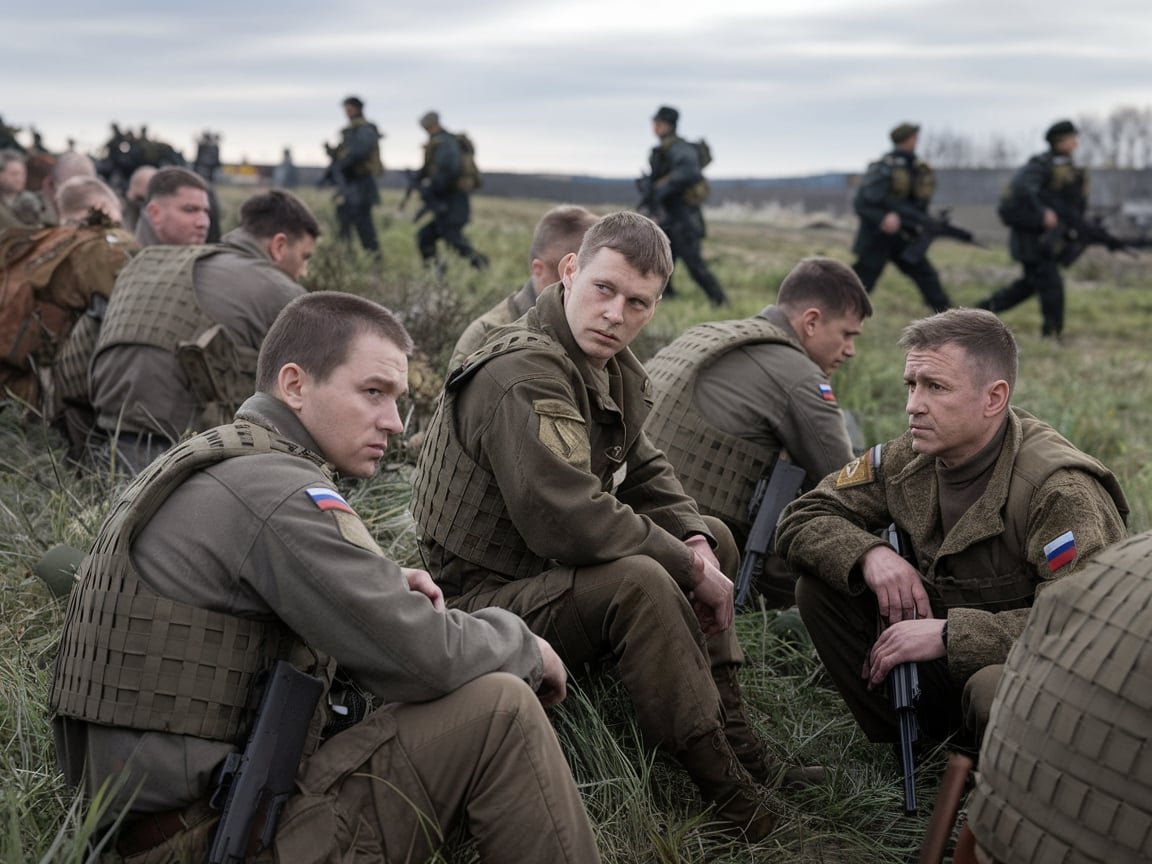A powerful Ukrainian force eventually totaled around 20,000 soldiers. This force attacked the Kursk Oblast in western Russia in August with two goals: draw Russian forces from the eastern front line in Ukraine and capture some of the oblast as leverage for any peace negotiations that may ensue.

Three months later, a counterattack was mounted by a combined army of 60,000 North Koreans and Russians, much stronger. Yet they continued day after day to assault along the same well-known roads, finally losing a third of their army without expelling the Ukrainians completely from their salient of 250 square miles, which anchored on the town of Sudzha.
The field army of North Korea and Russia took “an operational pause” on or shortly before February 5, exhausted, according to the Ukrainian Center for Defense Strategies. CDS said that the 12,000-soldier North Korean corps in Kursk was expected to rotate in a new regiment or two with a few thousand personnel; Russian regiments needed time to induct new troops and replacement vehicles.

Taking the lull for a favorable respite, Ukrainian forces have taken the advantage in the offensive actions against Kursk-based Operational Tactical Group, Siversk, moving it up along different axes three miles into southeast flanks on the salient within Thursday. Siversk moved north and east of Cherkasskaya Konopielka, according to CDS, while heading southwest of Machnovka along Sudzha-Oboyan highway.
They captured Fanaseevka and Kolmakov, at least two settlements. If the battle in Cherkasskaya Konopielka is still ongoing, as CDS reported, the majority of the Ukrainian tactical group has outflanked the Russians in the settlement. It implies that they have been cut off from the main Russian force, which includes the defeated 810th Naval Infantry Brigade, further to the east.
The Estonian analyst WarTranslated observed Russian networks to view how the Russians responded to the rapid Ukrainian attacks. Four waves of Ukrainian military, reported by the Russians. Russian drone footage revealed that mine-resistant trucks and other vehicles were streaming down the Sudzha-Oboyan highway in long, widely separated columns.
The explosive first-person-view drones fired by the Russians hit the Ukrainian military. Some of the FPVs failed, whether because of Russian incompetence, Ukrainian jamming, or both.
Other drones attacked. The Ukrainians abandoned a BMP tracked combat vehicle, a VAB wheeled armored personnel carrier, at least one mine-resistant truck, and several tanks. The attack continued though. The Ukrainian vehicles rolled into Fanaseevka, depositing their infantry in the trees to the east of the hamlet.
Russian artillery dialed in. North Korean troops, who were apparently withdrawing from Kursk, turned around and launched a counterattack in groups of 20 on the first night of the Ukrainian operation, according to Constantine, a Ukrainian veteran and blogger who reports from Ukrainian troops on the front line.
The experts who maintain the official Ukraine Control Map are so confident about Ukrainian gains that they drew those lines on the map, though fighting continues there. The Kursk Ukrainian salient is for the first time in weeks not shrinking.


